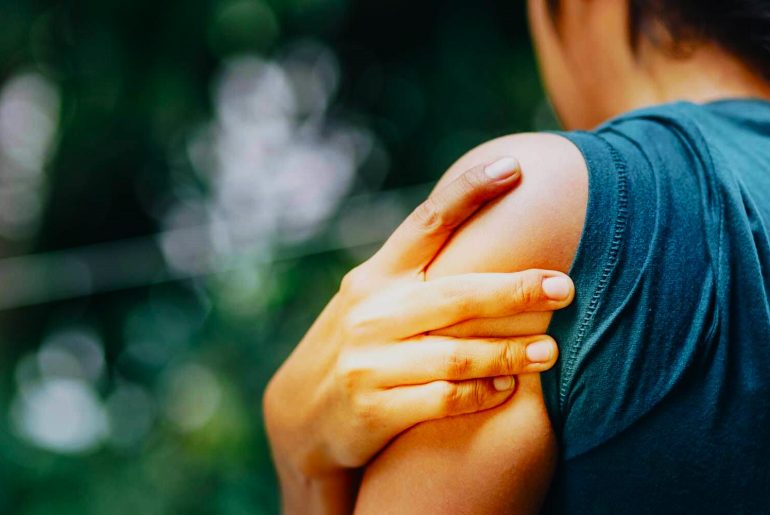Determining an average settlement for cases involving rotator cuff and Shoulder and Bicep Injury is challenging, as settlements can significantly vary based on several factors. These factors include:
- The severity of the injuries sustained,
- The necessity of surgical intervention,
- The age of the injured party,
- Previous injuries, and
- The strength of the evidence presented in the case.
It’s important to note that the rotator cuff consists of four muscles:
- Supraspinatus,
- Infraspinatus,
- Subscapularis, and
- Teres minor.
These muscles play a critical role in stabilizing the shoulder joint and facilitating the movement of the upper arm.
Does injury severity affect shoulder and biceps tendon injury resolution?
Yes, the severity of shoulder and bicep tendon injuries typically has a significant impact on the settlement amount received. Victims with more serious injuries are often awarded higher settlements for several reasons, primarily due to:
- Increased medical expenses and bills, and
- Greater levels of pain and suffering.
Accordingly, settlement amounts tend to rise to provide adequate compensation for these factors.
Severe cases of shoulder and bicep injuries may involve conditions such as:
- Rotator cuff tears,
- Labral tears,
- Shoulder impingement,
- Torn ligaments,
- Extensive need for physical therapy,
- Diagnostic x-rays,
- Corticosteroid injections,
- Surgical interventions,
- Shoulder replacement surgeries, and
- Potential for permanent damage.
Will settlement values vary based on my surgical need?
Yes, the necessity of surgery can significantly influence the settlement values in cases of shoulder injuries or bicep tears. Settlement amounts are generally higher for cases requiring surgical intervention compared to those that do not.
This increase in settlement amounts is attributed to the higher medical costs, longer recovery periods, and more severe pain associated with surgeries. Compensation is adjusted upwards to reflect these additional hardships.
It’s crucial for those anticipating surgery for their personal injury claim to wait until recovery is complete before their lawyer initiates a lawsuit or sends a demand letter to the insurance company. The rationale is to ensure the full extent of damages is known post-recovery, allowing for accurate assessment and compensation.
Does age have an impact on settlement amounts?
Yes, age can influence the amount of compensation received in shoulder and bicep injury cases, particularly regarding compensation for “loss of enjoyment of life.” This form of non-economic damage, akin to pain and suffering, often results in higher compensation for younger, more active individuals.
The rationale is that younger victims typically suffer a greater impact on their lifestyle, losing out on various life experiences due to their injuries. Specifically, compensation for loss of enjoyment of life aims to address the reduced capacity to participate in:
- Hobbies,
- Travel,
- Work opportunities,
- Family activities, and
- Socializing with friends.

How do pre-existing injuries impact an injury settlement?
In cases involving bicep or shoulder injuries, it’s common for victims to have a history of similar injuries, known as “pre-existing injuries.”
Regrettably, these pre-existing injuries can lead to reduced settlement amounts.
During negotiations, an insurance adjuster or opposing attorney may argue for a lower settlement by attributing your “accident injuries” to those previously sustained, thus affecting the settlement amount offered.
Will my evidence affect the settlement value?
Yes, the strength of your evidence significantly influences the settlement value of your claim. A robust collection of evidence can lead to an increase in claim value as it becomes easier to establish:
- The liability of another party for the accident and your injuries, and
- The comprehensive scope of your damages.
Key evidence in cases of shoulder and bicep injuries may comprise photos of:
- The site of the accident, and
- The injuries you sustained.
An injury lawyer plays a crucial role in amassing such evidence. Additionally, an attorney might engage an expert to evaluate or interpret the evidence if needed.




